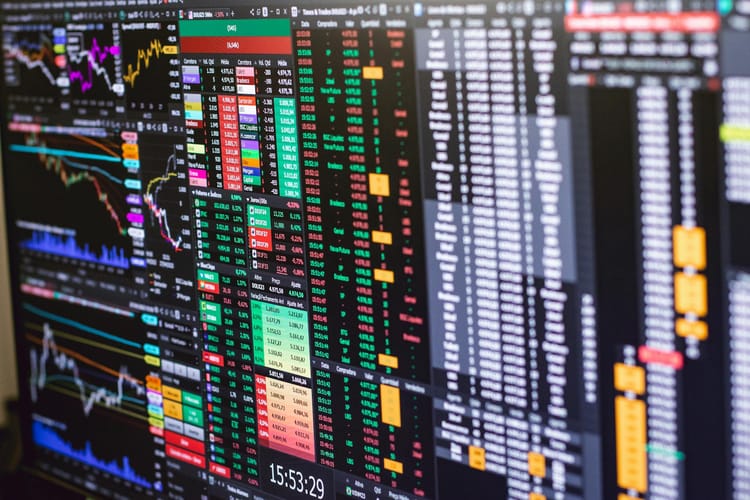Top 6 Hidden Risks of Using Trading Signals (And How They Could Cost You)

Trading signals can be exciting—they promise timely buy or sell alerts that simplify the decision-making process.
But, Hold on.
There may lie some significant risks that can derail even the most diligent traders.
Relying on trading signals without fully understanding their potential pitfalls can be a dangerous game.
So,
In the blogpost below, we discuss the top Six risks associated with trading signals that every trader should keep in mind.
So lets start right away !
1. Inaccurate Signals
Remember the Bitcoin surge of 2017?
in 2017, when Bitcoin soared to nearly $20,000, many technical indicators generated buy signals, predicting even higher prices. However, these signals failed to account for the growing speculative frenzy and regulatory pressures from governments around the world. Traders who followed these buy signals were caught off guard when Bitcoin crashed, losing more than 80% of its value over the next year ( See the Chart Below). Those who trusted the signals without considering the broader market context found themselves holding a drastically devalued asset, learning firsthand,
This is what Inaccurate Signals can do!
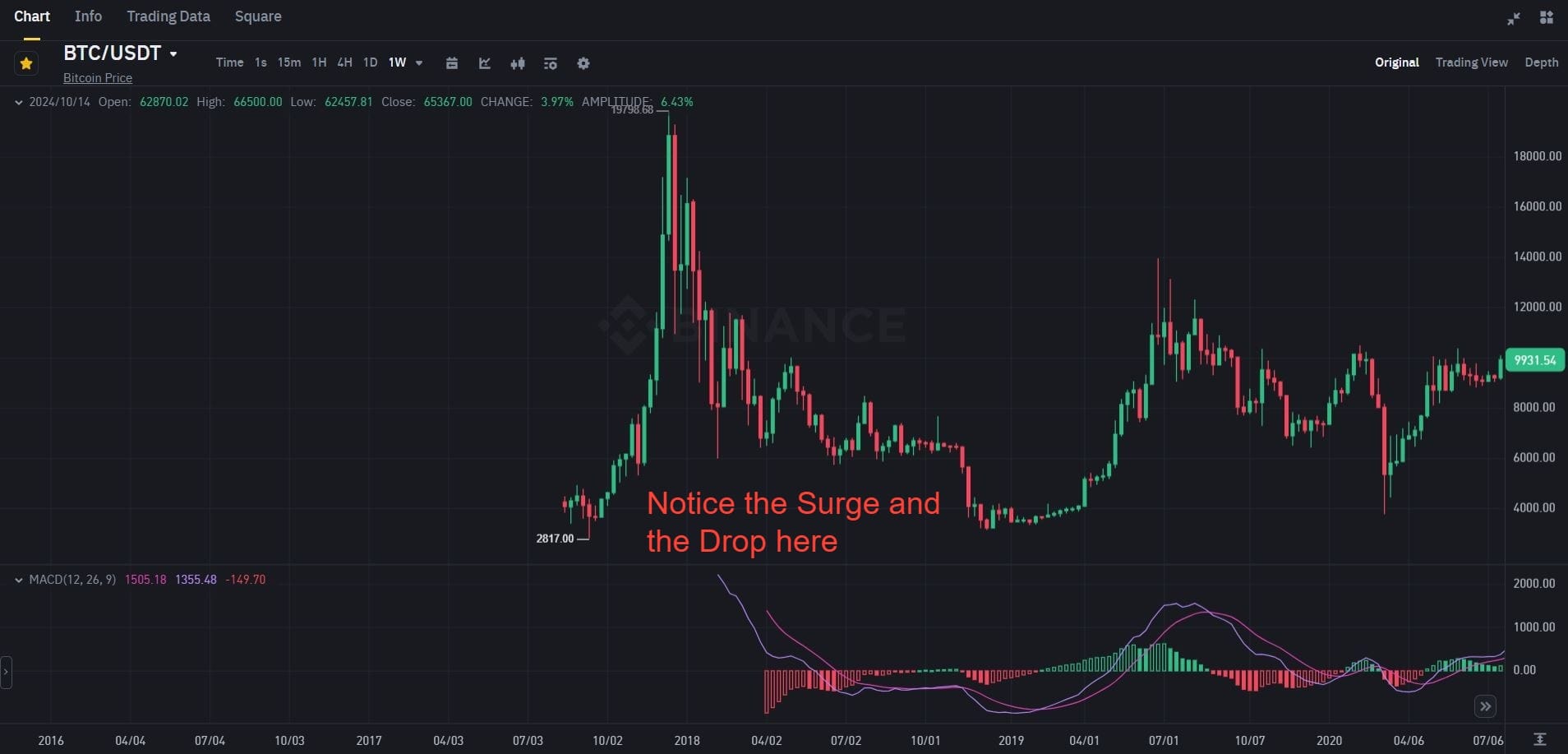
So, What actually are Inaccurate Signals ?
Inaccurate trading signals are alerts or recommendations that suggest a trade action (buy, sell, hold) based on faulty or incomplete analysis. These signals often arise when an algorithm or analyst misinterprets the market's direction, leading to signals that do not align with subsequent market movements. Traders who act on these signals may find themselves holding positions that quickly turn against them, turning a hopeful opportunity into a painful loss.
Why Are Such Signals Generated?
Several factors contribute.
Over-optimization of trading algorithms can make them perform well in specific market conditions but falter when those conditions shift.
Human bias also plays a role; analysts may hold strong convictions about a trend, causing them to overlook contrary indicators.
Furthermore, signals that rely heavily on technical indicators—like moving averages or the Relative Strength Index (RSI)—often struggle when unexpected news events or shifts in market sentiment disrupt typical price patterns.
Understanding the key aspects of trading signals can help identify potential pitfalls, as discussed in 5 Important Things To Know About Trading Signals
2. Delayed Signals
Another significant risk of trading signals isn't necessarily their accuracy, but their timing. A signal might be spot-on in its prediction—just too late to capitalize on it.
An Example: The GameStop Short Squeeze of 2021
During the GameStop frenzy of early 2021, retail traders from Reddit’s r/WallStreetBets community drove the stock's price to unprecedented heights. As momentum surged, many trading platforms and analysts issued buy signals, encouraging traders to jump in on the action. But by the time these signals reached many traders, the stock had already hit its peak. Those who bought in late faced a brutal reversal as the price plummeted just as quickly. The result? Many traders were left with significant losses, having bought into the hype just as the wave crested.
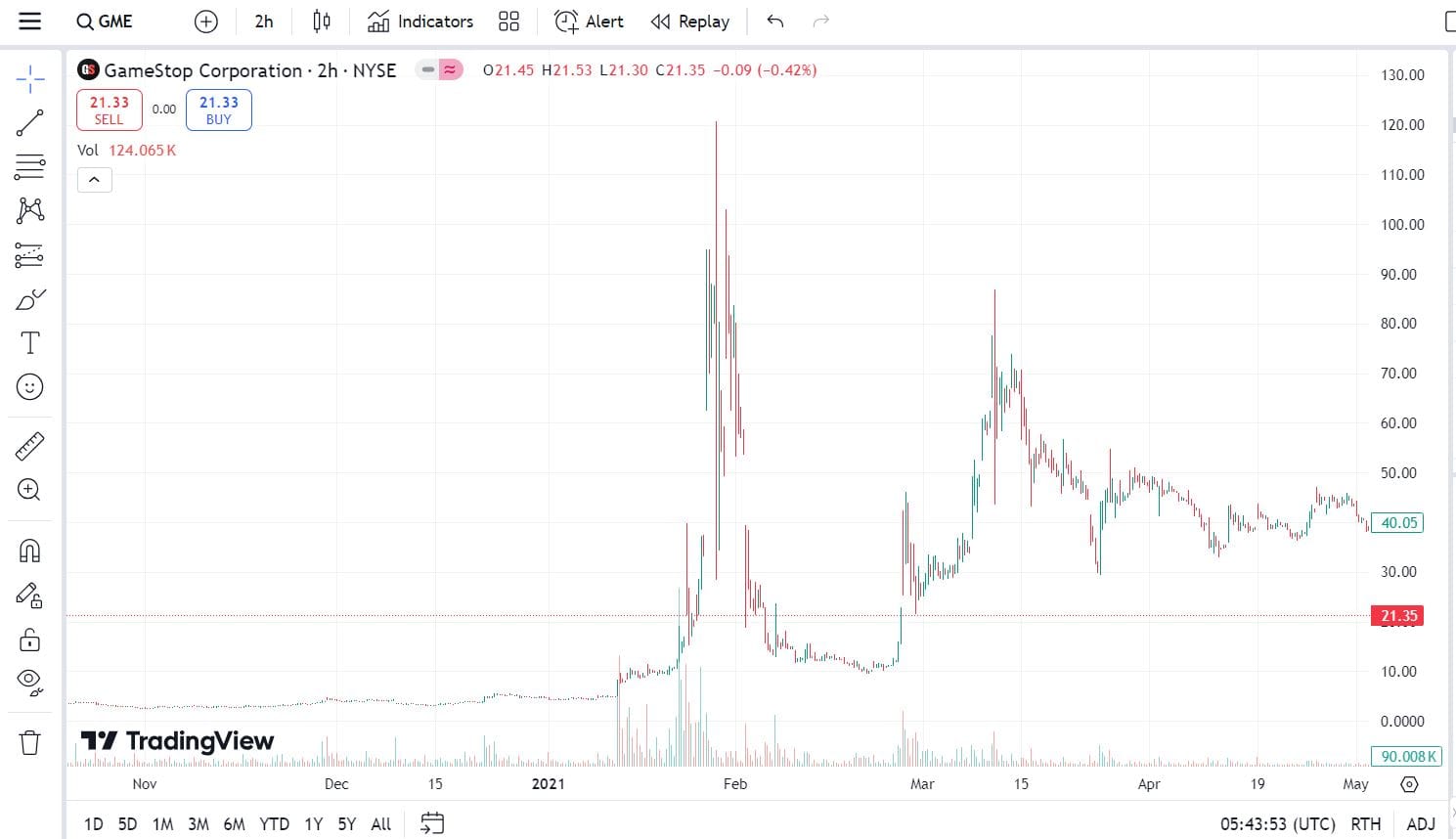
What Are Delayed Signals?
Delayed signals are trading alerts that arrive too late to be effective. By the time you receive the signal and act on it, the market might have already moved in the anticipated direction, leaving little room for profit—or worse, leading you straight into a loss. A delayed buy signal could mean buying right at the peak, while a delayed sell signal could mean exiting a position after most of the losses have already occurred.
Why Are Such Signals Generated?
Several factors contribute to delayed signals, often tied to the speed of data processing and analysis. For instance, an algorithm that relies on moving averages might only trigger a buy signal after a stock has already demonstrated a strong upward trend, making it too late to enter profitably.
On the human side, manual analysis takes time—experts need to assess market conditions, interpret the data, and share their insights.
In todays markets, even a slight delay can turn an otherwise promising trade into a costly mistake. Timing is everything in trading,
and a delayed signal can mean the difference between a win and a loss.
3. Overreliance on Signals
That’s the risk of blind faith in your signals.
An Example: The Swiss National Bank's (SNB) Removal of the EUR/CHF Peg in January 2015
For years, the Swiss franc had been pegged to the euro at 1.20, offering stability to the EUR/CHF currency pair. Many traders, relying on signals that assumed the continuation of this peg, continued to receive buy signals based on historical trends. Signal services recommended trades with the presumption that this stability would hold indefinitely.
But in January 2015, the SNB shocked the markets by suddenly removing the peg. The Swiss franc surged nearly 30% against the euro within minutes. Traders who had blindly followed the signals, without considering the possibility of a shift in policy, faced massive losses. The signals they trusted didn't account for the unexpected change, leaving them exposed to market forces they hadn't anticipated.
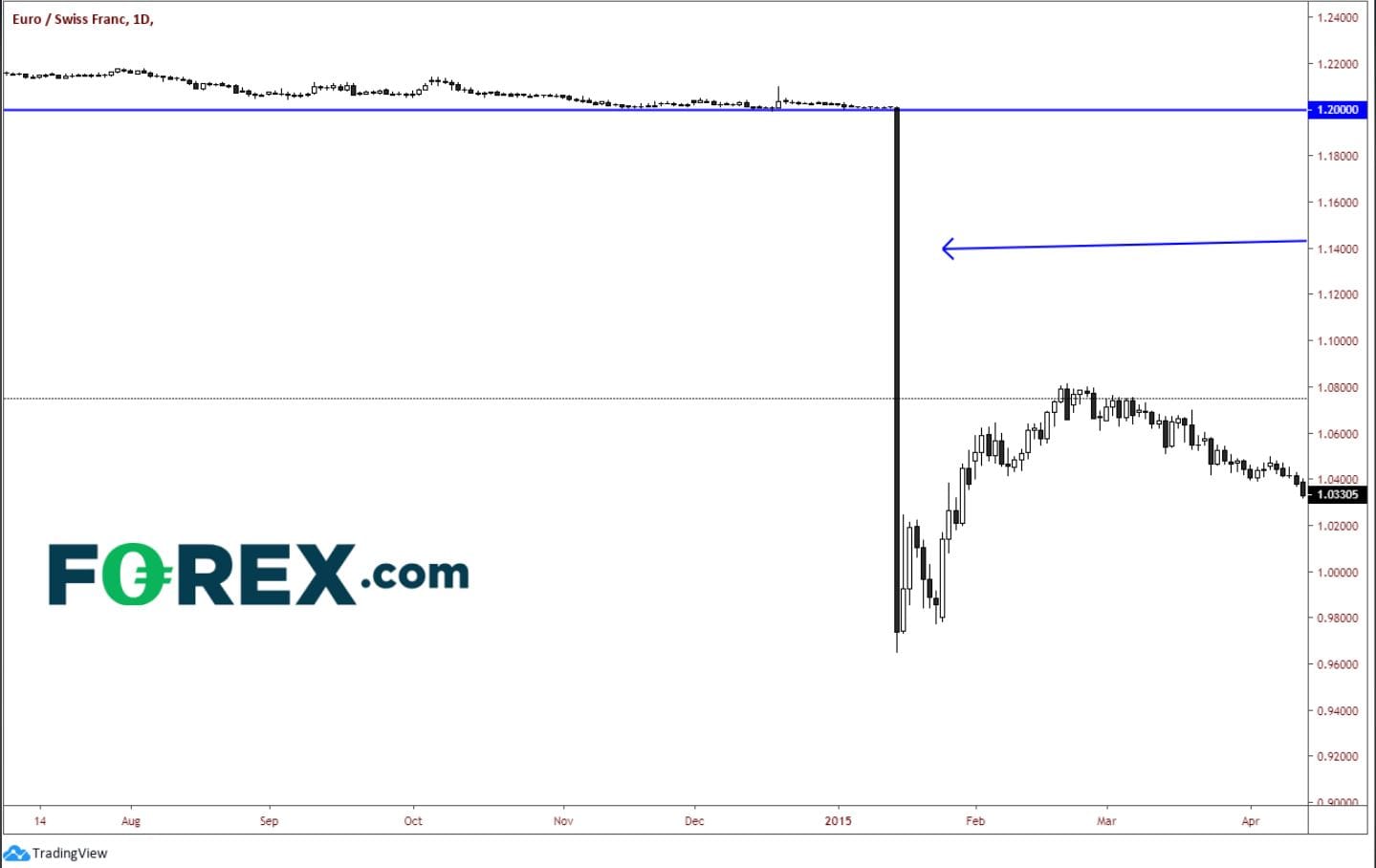
What Is Blind Faith/Overreliance in Trading Signals?
Overreliance on trading signals happens when traders depend solely on signals to make decisions, without doing their own research or understanding the broader market dynamics. This dependence often leads to a lack of critical thinking, reducing a trader's ability to make informed decisions independently. When the market moves in unexpected ways, such traders find themselves unprepared to adapt.
Why Do Traders Overrely on Signals?
Because of their simplicity.
Especially for beginners, the financial markets can feel overwhelming. Signals can seem like an easy shortcut—a way to gain direction in a chaotic market. And signal providers often market themselves with impressive win rates or past successes, making it easy for traders to believe that following signals alone will guarantee profits. Yet, this convenience comes at a cost. When you rely too heavily on signals, you risk losing the bigger picture, making yourself vulnerable to the very market shifts that signals might miss.
Traders sometimes use signals as a psychological crutch, but learning to maintain balanced decision-making is key, as explored in How Trading Signals Can Help You Overcome Trading Psychology Challenges
4. Market Volatility
Market volatility can make even the most carefully crafted signals ineffective.
An Example: The Oil Price Crash of April 2020
Amid the COVID-19 pandemic, global oil demand collapsed, creating extreme price movements. On April 20, 2020, the price of West Texas Intermediate (WTI) crude oil futures for May delivery fell drastically,
reaching -$37.63 per barrel ( Yes its a negative figure !).
It was the first time in history that oil prices turned negative.
Many traders relying on signals based on historical price trends or support levels were caught off guard. As oil prices approached these historical support levels, signal services continued issuing buy signals, failing to account for the unprecedented situation of storage capacity running out and expiring contracts. Traders who trusted these signals, without recognizing the fundamental shift in the market, faced severe losses as prices nosedived far beyond what any technical model had anticipated.
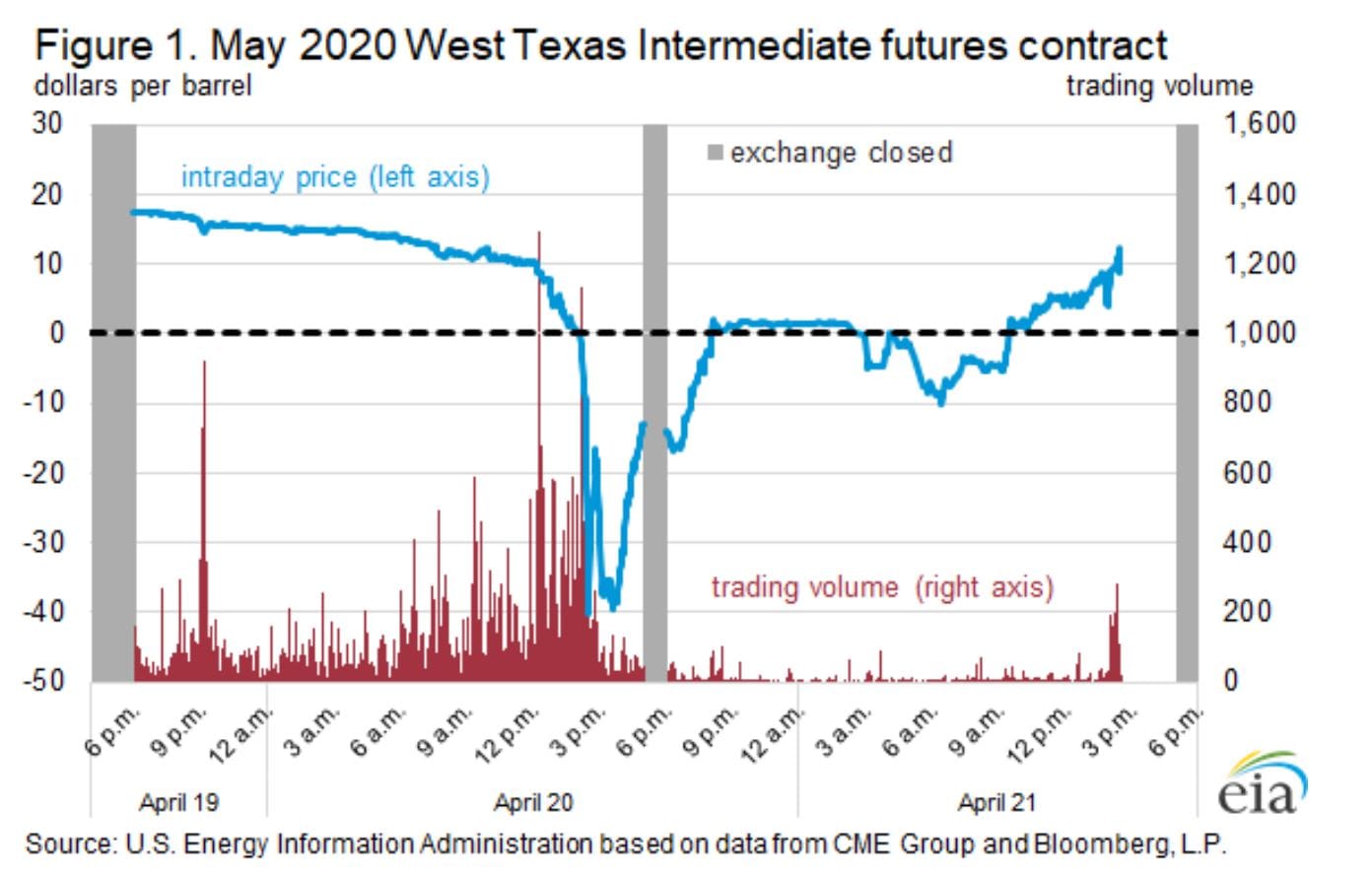
What Are Rapid Price Movements?
Rapid price movements refer to sudden, significant changes in asset prices over a short time frame. They can be triggered by unexpected economic reports, geopolitical events, or shifts in investor sentiment. For traders relying on signals, these rapid changes can render even the most accurate signals useless, as the market may move away from predicted levels before a trader can act on them.
Why Do Rapid Price Movements Pose a Risk for Signal Users?
Most trading signals rely on technical analysis, which assumes that past price trends can help predict future movements.
But,
During periods of extreme volatility, these assumptions fall apart. Markets can move unpredictably, outpacing the reaction time of most signal-based strategies. A buy signal that looks promising during an uptrend can quickly become outdated if a sudden price reversal occurs.
In volatile markets, signals that depend on specific price levels or technical patterns can struggle to adapt to fast-changing conditions. By the time you receive a signal and act on it, the market might have already shifted, turning what could have been a profitable trade into a sudden loss. When markets are moving fast, signals can’t always keep up—leaving you to face the consequences.
In highly volatile markets, understanding how to utilize high-probability trading signals can make a significant difference.
5. Unexpected Events
Unexpected events can also make even the most well-timed signals obsolete.
An Example: Russia’s Invasion of Ukraine in February 2022
As tensions between Russia and Ukraine escalated into a full-scale invasion, financial markets reacted violently. Global stock indices fell, oil prices shot up to multi-year highs, and safe-haven assets like gold saw sharp increases.
Trading signals that had been generated just before the invasion—signals based on the market’s prior stability—quickly became irrelevant. Traders who followed bullish signals for European stocks or those suggesting a stable oil market suddenly found themselves on the wrong side of the trade as prices swung dramatically in the opposite direction. Even signals that tried to adjust for increased geopolitical risk struggled to keep up with the daily changes, as new sanctions, military developments, and diplomatic responses constantly shifted market sentiment.
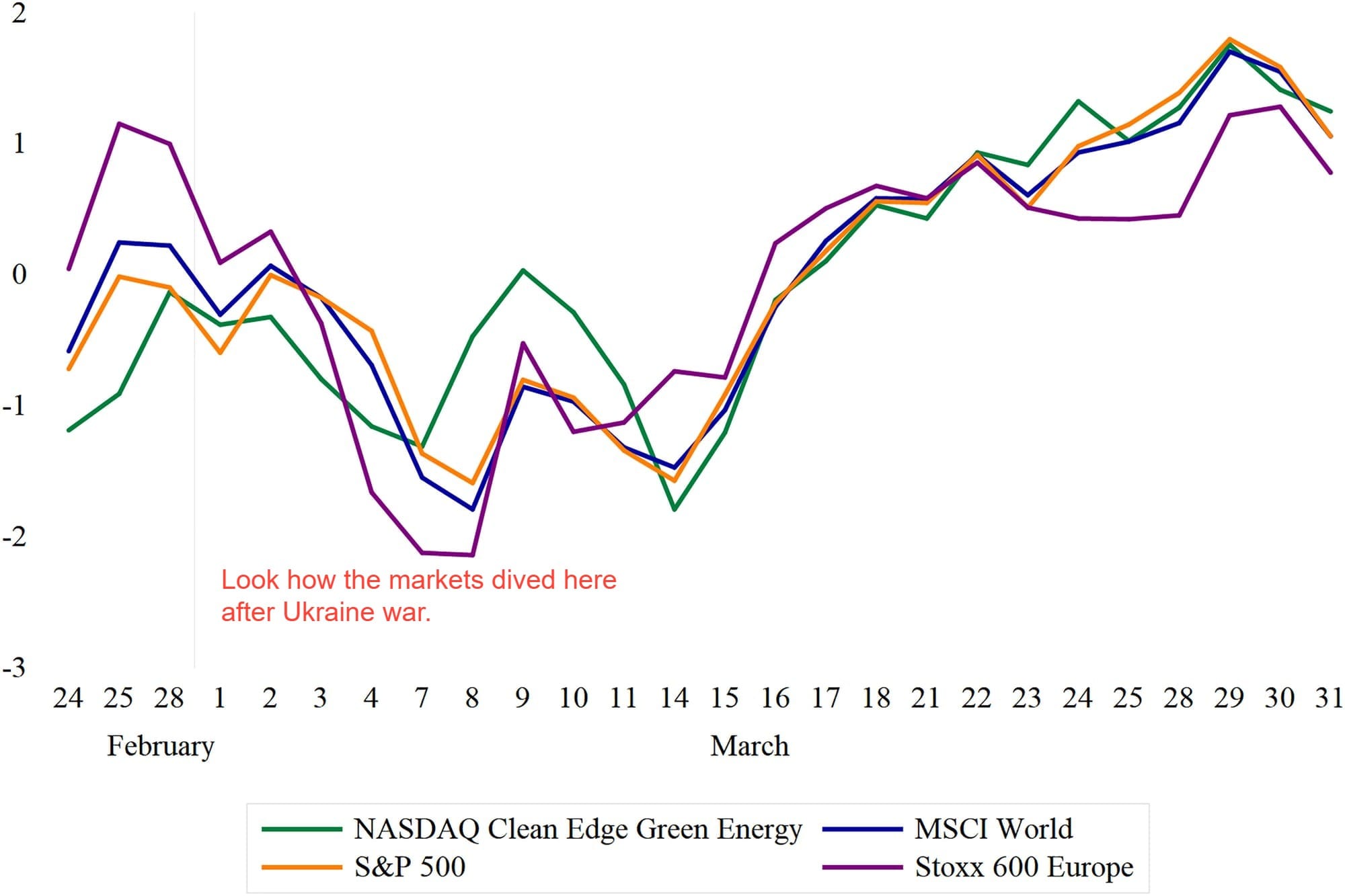
What Are Unexpected Events?
Unexpected events are unanticipated occurrences that cause dramatic shifts in financial markets, such as natural disasters, geopolitical conflicts, central bank interventions, or major corporate announcements. These events disrupt established market trends, leading to sudden price changes that most trading signals can’t anticipate. When these events hit, markets can react sharply, moving in directions that contradict previous trends or signal predictions.
Why Are Unexpected Events Risky for Signal-Based Trading?
Trading signals often assume a certain level of market stability or predictability. But when an unexpected event shakes up the market, it can cause price patterns to break down, making previously reliable signals useless. Traders who rely heavily on these signals can face sudden losses, as the signals might not adjust quickly enough to reflect the new market reality.
This risk is especially pronounced with algorithmic trading signals, which are typically designed to react to historical price behavior and may not account for sudden changes beyond normal market conditions. Even signals from human analysts can fail to capture the full impact of an unexpected event if they are released before the market has had time to absorb the news. In moments like these, the markets become a battlefield where the unexpected rules, and relying solely on signals can leave you exposed to the chaos.
6. Ignoring Other Factors
Experts say that,
“Trading is never just about the charts; it’s about the world beyond them, too.”
An Example: The Brexit Referendum in June 2016
Leading up to the Brexit vote, many technical indicators suggested that the British pound (GBP) would remain stable or even strengthen, reflecting a market sentiment that the UK would likely remain in the European Union. Trading signals, based on these technical trends, encouraged traders to hold bullish positions on the pound.
But when the unexpected "Leave" vote won, everything changed. As the news broke, the British pound experienced a dramatic collapse, falling to a 31-year low against the US dollar. Traders who had followed these signals—without considering the possibility of a "Leave" victory—were caught completely off guard. What they thought would be a stable trade turned into a financial nightmare, as the pound’s value tumbled far beyond what their signals had predicted.
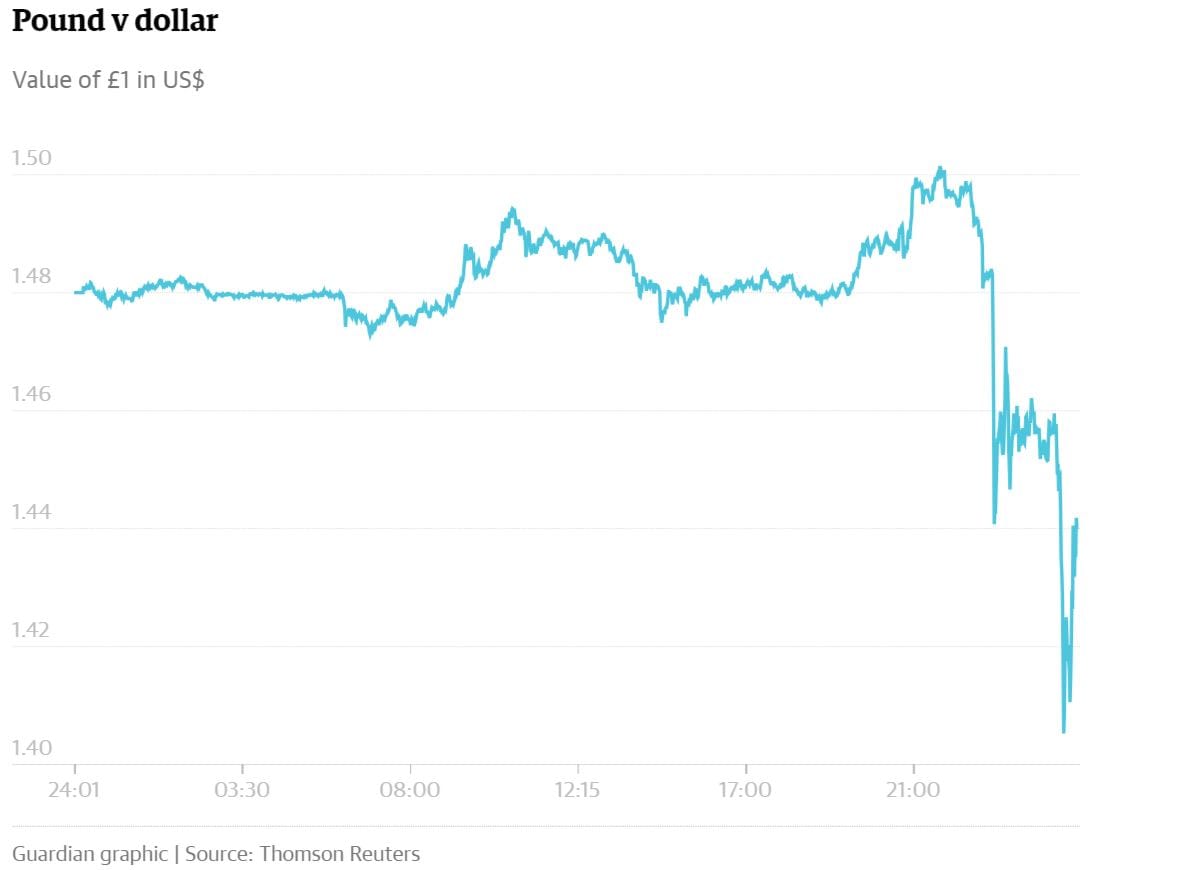
What Does This Show?
This demonstrates the dangers of relying solely on signals that focus on price patterns while ignoring major political events. When a market-moving event like Brexit occurs, signals that don’t account for these external factors can become dangerously misleading, leading traders straight into losses.
What Does It Mean to Ignore Other Factors?
Ignoring other factors means relying on trading signals without considering the broader market context—things like market sentiment, economic indicators, geopolitical events, or company-specific news. Signals are often derived from technical analysis, which relies on past price movements and volume to anticipate future trends. However, the financial markets are influenced by a complex web of factors, many of which technical indicators alone cannot capture.
See, Not all signals are suitable for every trading style; understanding the differences is vital, as outlined in How Swing Trading Signals Compare with Day Trading and Long-Term Investing Signals
Quick Tips to safeguard yourself from the Risks of Trading Signals
To mitigate the risk of inaccurate predictions, it's essential to:
- Combine signals with other analysis: Use signals as a complementary tool alongside your own analysis.
- Diversify your portfolio: Spread your investments across different assets to reduce risk.
- Practice risk management: Implement effective risk management strategies to protect your capital.
- Stay informed: Keep up-to-date with market news and trends to make informed decisions.
- Be patient: Avoid impulsive trading and stick to your trading plan.
Conclusion
Remember, trading isn’t about finding shortcuts or quick wins. It’s about developing a blend of insight, research, and adaptability in the face of uncertainty. Relying solely on signals might give you a false sense of security, that a more cautious approach might help you avoid. Instead, treat signals as just one part of a larger strategy, combining them with your own analysis, a clear understanding of market conditions, and a healthy dose of skepticism.
Trade Smarter!




